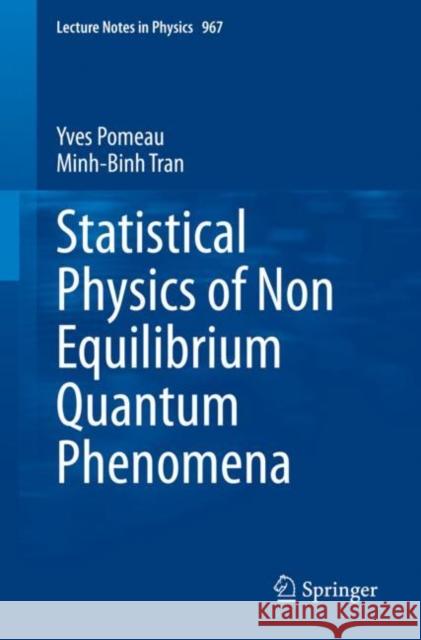Statistical Physics of Non Equilibrium Quantum Phenomena » książka
topmenu
Statistical Physics of Non Equilibrium Quantum Phenomena
ISBN-13: 9783030343934 / Angielski / Miękka / 2019 / 227 str.
Kategorie BISAC:
Wydawca:
Springer
Seria wydawnicza:
Język:
Angielski
ISBN-13:
9783030343934
Rok wydania:
2019
Wydanie:
2019
Numer serii:
000050590
Ilość stron:
227
Waga:
0.34 kg
Wymiary:
23.39 x 15.6 x 1.3
Oprawa:
Miękka
Wolumenów:
01
Dodatkowe informacje:
Wydanie ilustrowane











